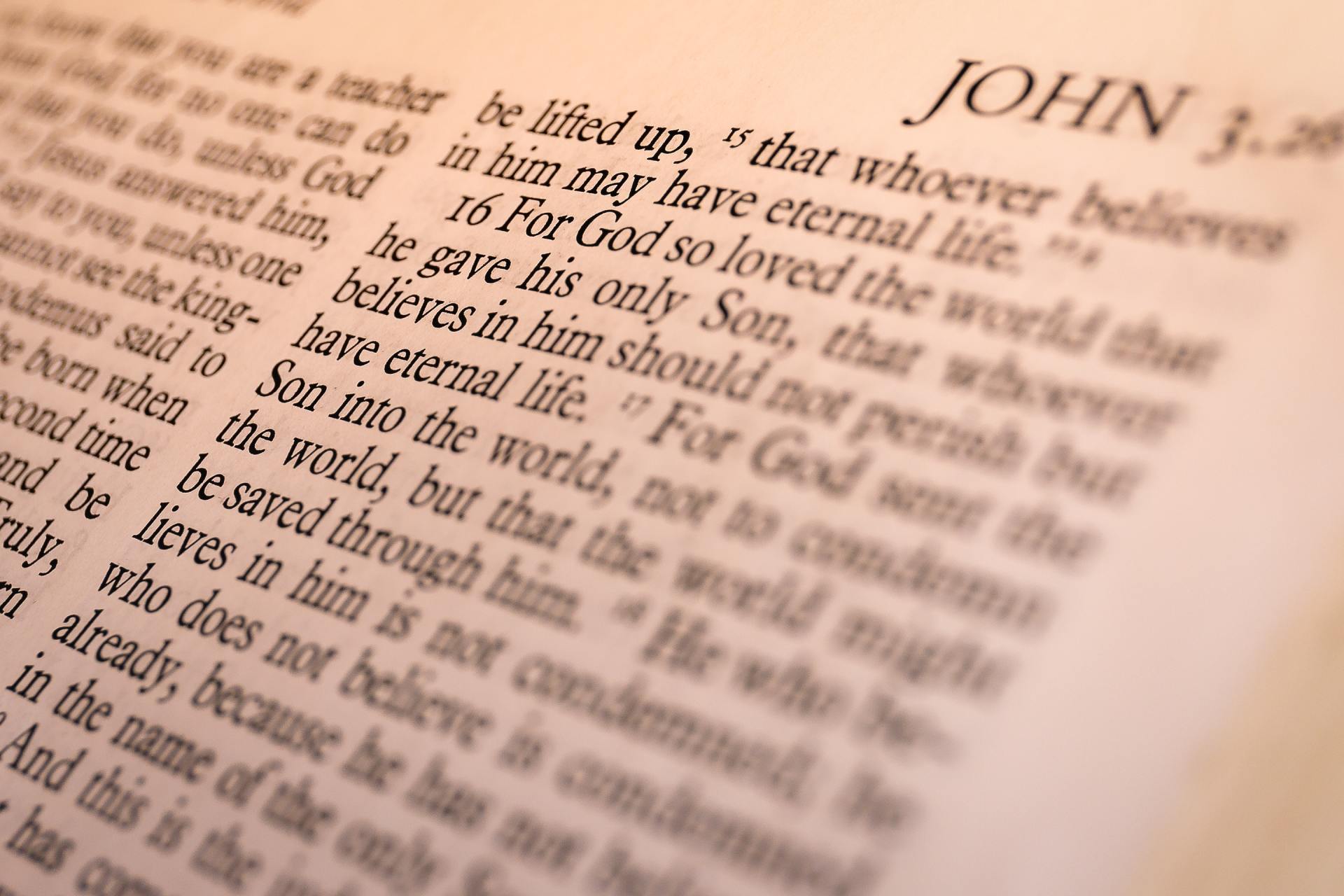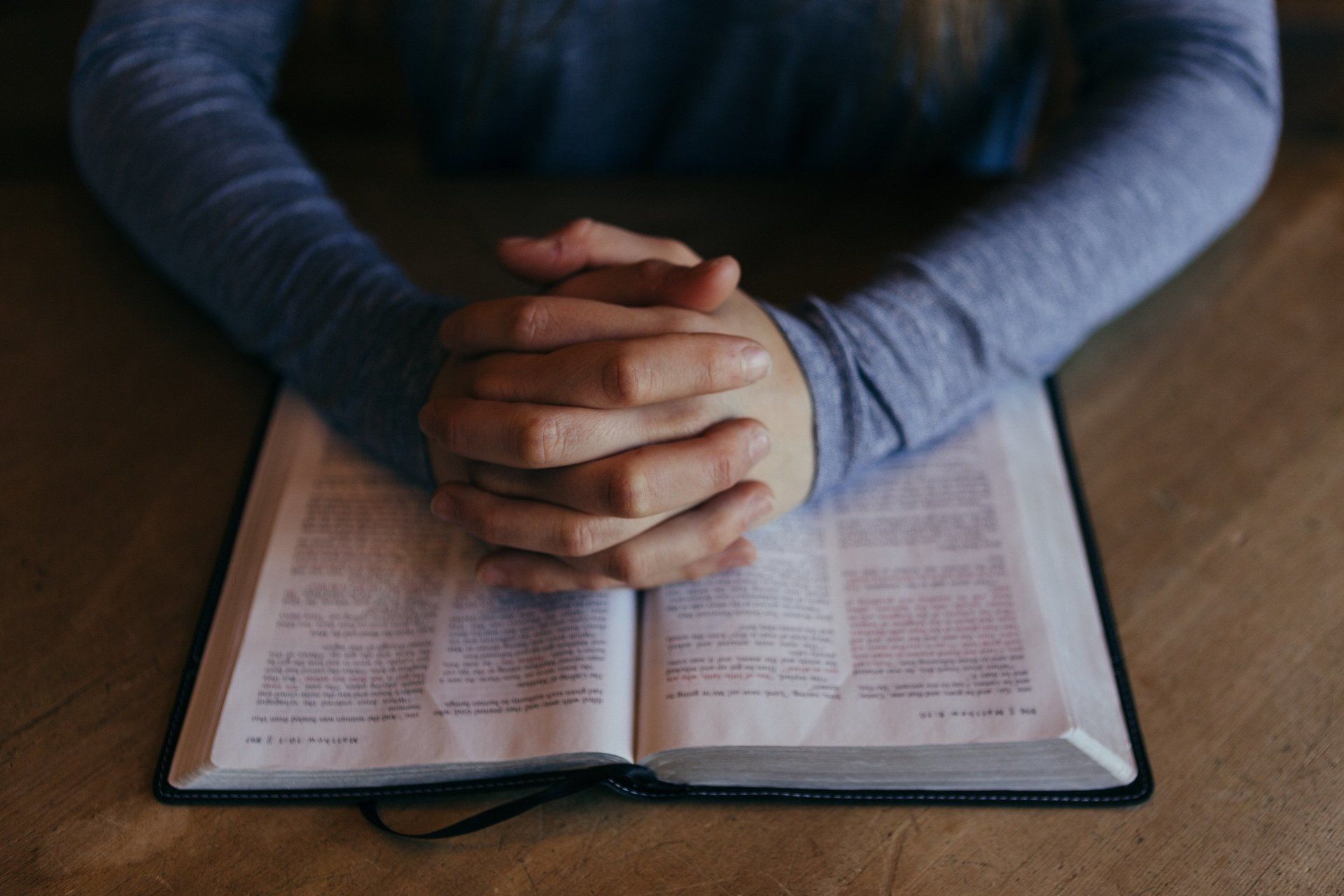New book explores how Our Lady of Guadalupe sparked millions of conversions
by Katie Yoder
Joseph Julián and Monique González still remember the moment they decided to write a book shedding new light on Our Lady of Guadalupe: May 10, 2016, the month of Mary and the date of Mexico’s Mother’s Day.
“After years of initial research, we were sitting in a coffee shop and looked at each other and made a formal commitment to see the book’s writing through to the end, no matter what that meant,” the husband-and-wife team told Our Sunday Visitor.
Today, that book presents a new interpretation of Our Lady of Guadalupe by delving into the past ahead of her feast day on Dec. 12. “Guadalupe and the Flower World Prophecy: How God Prepared the Americas for Conversion Before the Lady Appeared,” published on Nov. 21, explores how Our Lady’s encounters with Juan Diego at Tepeyac Hill in Mexico in 1531 marked the culmination of thousands of years of evangelical preparation of the people of Mesoamerica.
The authors make the case that ancient belief systems and traditions, in a sense, anticipated and foretold Our Lady’s coming while preparing the Americas for the Gospel message through her.
“We make the case that certain concepts and ideas were ‘implanted’ by God and eventually found their fulfillment in the Guadalupe story, and this could account for the millions of indigenous conversions,” the Gonzálezes said, referring to the estimated 10 million conversions following Our Lady’s appearance in what is considered the largest Christian conversion event in history.
Juan Diego himself makes a connection with ancient tradition right before meeting Our Lady, they reveal in their book.
“Juan Diego uses the Náhuatl [original native language] phrase in the Guadalupe story, in xochitlalpan in tonacatlalpan, to refer to the Flower World Paradise,” they explained. “This phrase had been previously philosophized for centuries as the place of ultimate beauty, truth, and the source of all creativity, the ultimate place we all long to go to when we die.”
Suddenly surrounded by sweet music and beauty, the saint asks, “Where am I?” and wonders if he is in the place his ancient ancestors spoke of, the Flower World Paradise.
“The flower, xochitl, especially the four-petaled flower, makes a transcendental connection from earthly beauty to heavenly and ultimate beauty found in the Flower World Paradise,” they explained. “As a baptized Christian, Juan Diego, in the story, finds the ultimate flower of Truth — Jesus Christ — and, thus, finds the ‘way’ to live in paradise with his creator for eternity.”
Our Lady also makes a connection with her image, left miraculously imprinted on Juan Diego’s tilma, or cloak, after he gathered flowers in it at her direction nearly 500 years ago.
“This is further exemplified by the four-petalled flower found over the womb of Guadalupe on the tilma symbolizing Jesus as the Flower of Truth,” the Gonzálezes added. “All beauty, all goodness, and all truth finds its source in him, and the four-petaled flower embodies the fullness of this reality.”
Important native history
A new interpretation
Joseph, an accomplished composer, and Monique, an established singer with experience in music production, revealed that their book began because of music.
While writing a musical composition by setting Aztec song-poems to music, Joseph discovered a prominent ancient Mesoamerican song-poem that shockingly resembled the encounter between Our Lady and Juan Diego. Then, years later, Monique made the same discovery.
“We had an ongoing conversation surrounding the influence it might have had on the story of Guadalupe itself and the millions of indigenous conversions that followed,” they said, which sparked their research.
“Over time, we realized that sitting on the research didn’t make sense,” they added. “And so, the book was born.”
“Much like the ancient Hebrews were prepared for Christ’s coming through prophecies and signs signaling his identity, the peoples of the Americas were given a similar preparation in terms and concepts most important and familiar to them.”
The Gonzálezes detailed how their book offers a new interpretation of Our Lady’s encounter.
“Much like the ancient Hebrews were prepared for Christ’s coming through prophecies and signs signaling his identity, the peoples of the Americas were given a similar preparation in terms and concepts most important and familiar to them,” they said. “Instead of focusing on the tilma, we concentrate on the narrative of the Guadalupe encounter in its original native language, Náhuatl.”
Among other findings, the pair reveal the similarities between two texts: The ancient song-poem “Cuicapeuhcayotl” (“Origin of the Songs”) as remembered by indigenous elders in the mid-16th century, and an account of the Guadalupe encounter, “Nican Mopohua” (“Here It Is Told”) by Luis Lasso de la Véga, a diocesan priest and vicar of the Basilica of Our Lady of Guadalupe, published in 1649.
Both stories tell of someone searching for flowers, being shown that the flowers are in or on a mountain, and gathering (or seemingly gathering) the flowers in their tilmas to show leaders. But where the singer in the song-poem fails, Juan Diego succeeds.
“We show how specific concepts and ideas in the story relate to those found in flower song-poems and the indigenous philosophy born from them,” they said of the Guadalupe encounter. “Furthermore, we describe those concepts found in an interdisciplinary field of study called ‘Flower World,’ which connects these ideas to the very beginning of American civilization.”
The making of heroes
Their book, the couple shared, highlights Juan Diego “as an archetypal ‘hero’ fulfilling the ancient quest for the flower of Truth” in a story that remains relevant today.
“This ‘hero’s journey’ is a personal narrative, aiming to inspire each of us to become heroes in our own lives,” they described.
Our Lady of Guadalupe transformed an ancient story, they said.
“When the Nahua [indigenous people] converted to Christianity, they effectively changed the way they perceived themselves,” they said. “Rather than viewing themselves as a failed hero incapable of gaining paradise after dying, Juan Diego’s ability to enter into Flower World changed the way they viewed themselves.”
“In the same way, the hero’s journey plays a crucial role in the Christian drama, prompting us to reflect on the type of hero we can become,” they said. “Christianity empowers us to reject the attitudes and actions of the failed hero and propels us toward victory in every facet of our lives.”
A book ‘for all of us’
The Gonzálezes shared what they want people to know most about Our Lady of Guadalupe after writing this book.
“We want readers to know how God went through so much trouble and put so much effort into reaching out to the hearts and minds of the people of Mesoamerica to draw themselves to himself,” they said.
If readers remember one thing after finishing the book, the authors hope it is the message that “God is in control of history.”
The entire Guadalupean narrative, they said, serves as a reminder for those seeking hope in today’s turbulent times.
“We want readers to know how God went through so much trouble and put so much effort into reaching out to the hearts and minds of the people of Mesoamerica to draw themselves to himself.”
“When Our Lady of Guadalupe appeared amid the protestant revolt, millions left the Catholic Church, and Christian nations chose sides, sparking conflict and altering borders,” they pointed to the past. “In the Americas, the Mexican Empire’s widespread human sacrifice mirrored a chaotic era.”
“While facing unique challenges, God foresaw everything and is ready to help all those who trust in him,” they urged. “This book is for all of us.”
A personal connection
The Gonzálezes, located in California, shared what Our Lady of Guadalupe means to them personally.
“For me, she is my mother,” Monique, a Catholic convert, said. “God told me, ‘Behold thy mother.’ And I trust him.”
“Whatever that means, whatever I continue to learn till the end of my days, she truly is the genesis of why I am alive,” she stressed. “She gave me the reason (Jesus Christ) why I believe, hope, laugh and love.”
As a Mexican-American, Joseph said that Our Lady was always a large part of his life. But Our Lady and his Catholic faith did not mean much to him, he said, until he experienced a “reconversion” in 2008. Shortly after that, he met Monique and their Guadalupe research began.
“My faith has deepened due to the research because we discovered how God works in history — how he used so many resources to draw the Mesoamerican people back to himself,” he concluded. “And if he did it for them so many centuries and millennia ago, he probably is still doing something similar for us today.”
This article comes to you from Our Sunday Visitor courtesy of your parish or diocese.







